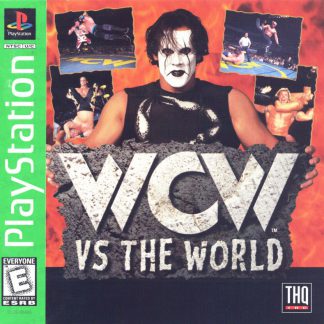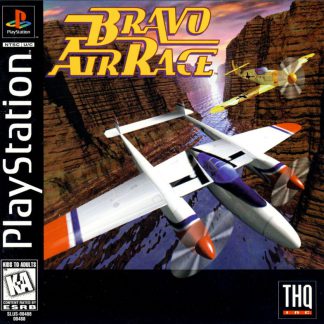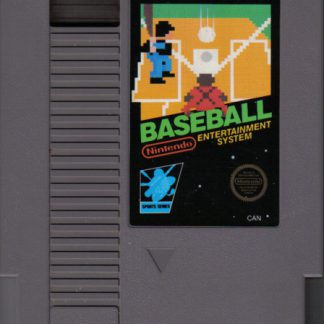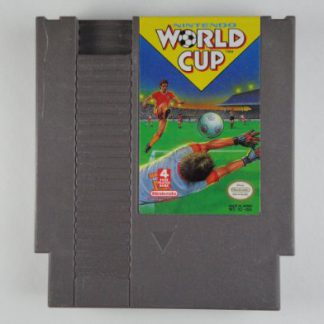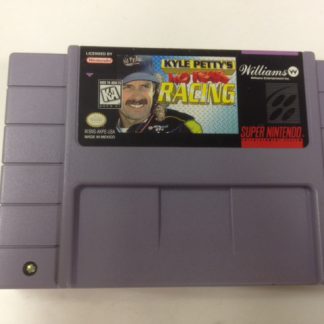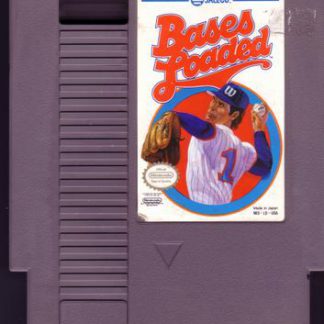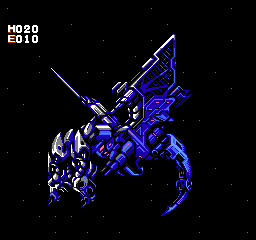
Strider. Most people immediately conjure up images of the arcade game from the late 80s or even the character’s more recent appearances in the Marvel vs. Capcom series. But for me, my mind drifts back to the little known NES game, which funnily was not released in Japan although developed there. I wasn’t even aware of the arcade game until after playing the famous Genesis port.
Taking place in an undisclosed point in the future, you are one in a team of Striders who perform various different jobs, from espionage to kidnapping. You control Strider Hiryu, and are tasked with killing your fellow Strider Kain. Instead you rescue him and during the course of events will uncover a mass conspiracy involving mind control and even some of your commanding officers. All this is conveyed in game through a very screwy localization. I guess we should have been used to it from Capcom by that point, but man is it bad at times.
The NES game was created in tandem with the arcade game and manga of the same name as part of a 3-way media blitz, an idea that Capcom would later use to bring back the Bionic Commando series. Unlike the arcade game, it follows the plot of the manga more closely and rather than a straight action game is more of an action adventure.
The closest contemporary I can think of would be Metroid or Faxanadu. You travel to various countries around the world to collect items and clues to further your progress. The basic structure breaks down as follows: you enter a country, find a new item such as Aqua Boots or a key that will let you pass an obstruction or door elsewhere. To discover new countries, you need to find files from other Striders, analyze them back at base, and follow the clues given to the country mentioned. The backtracking is very much in the same vein as Metroid. Unlike that game, you will eventually get tired of revisiting Kazakh after every item upgrade.
You don’t receive experience points for killing enemies, but you will increase your maximum life and energy by finding important “quest” items. You won’t have to juggle an inventory as new items are automatically used when needed, like the Magnet or Aqua boots. None of the maps are overly large or confusing; you’ll generally see doors you can’t open or unreachable passages as you follow a straight path so it isn’t too much hassle to remember to revisit an area later.
For the most part the game is very balanced and not overly challenging,but there are some annoyances that will piss you off. There are a frustrating number of platforming sequences that can lead to cheap deaths in spike pits sprinkled everywhere. Your jumps are affected by the slope of the platform you are on, so if you run down an incline, naturally you’ll move faster and jump higher. The issue comes from not being able to judge exactly when to jump for maximum height. The cheapness continues with enemies that can run into you and will drain your life bar without you noticing. Most games give an indication when you are hit or even temporary invincibility; here you’re left hanging and have to pay attention to see if an enemy is still damaging you. I also hate that they’ll appear abruptly out of thin air.
There are some additional moves you can perform, such as the wall jump and using your blade to fire a plasma attack later, my issue comes from the game not even mentioning these at all. I don’t remember if the instruction manual does at this point, but I distinctly recall not knowing about the wall jump and being stuck at a certain point in Egypt for weeks until a friend of mine in frustration started pressing every button on the controller and triggering it by accident. This happened again during the penultimate boss fight; you need to use your plasma attack to disarm Kain to damage him (spoiler) but I wasn’t aware how until I used it totally by chance. I can’t harp on those point too much as they were endemic to the period.
But in the end they don’t completely hamper a rather excellent game. I didn’t even mention the awesome soundtrack. Every country has a theme that perfectly matches your surroundings and overpowers the repetitive sound effects. Capcom didn’t generally make a lot of missteps in their NES output and this continues that tradition. Definitely different from the arcade game but a damn good game regardless.
[nggallery id=24]
Buy Strider










